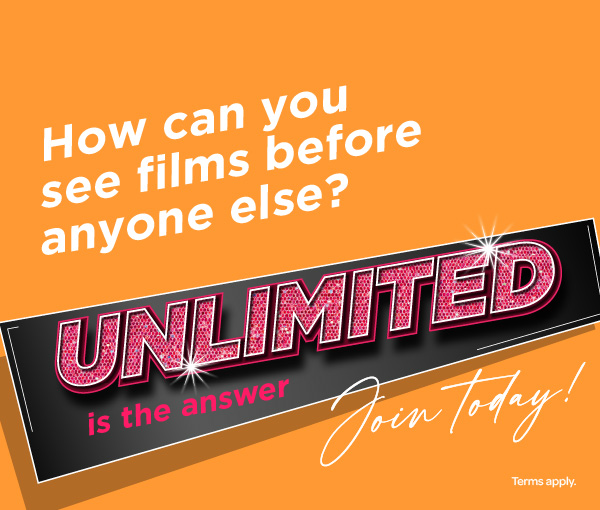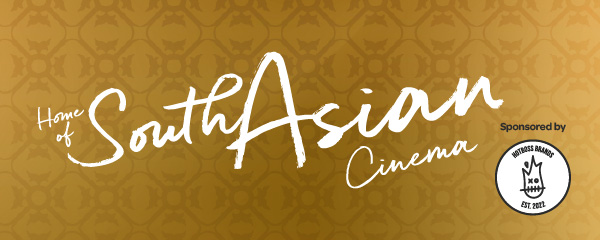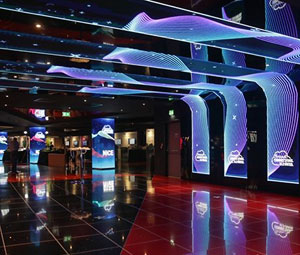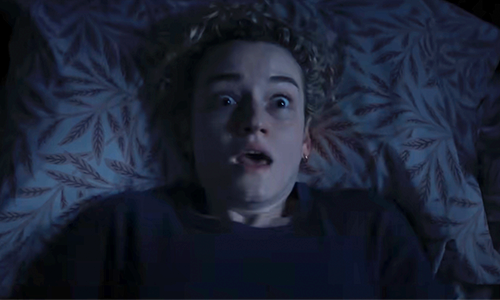
It’s the year of 2025 and amidst the terrors of the world, cinemas are slashing through the noise and delivering exactly what audiences want: horror. Historically, horror films have been disregarded by critics and audiences alike, but with films such as The Substance being nominated for five Golden Globes, horror has bared its teeth and shown that cinemagoers want more frights.
Whether we love to admit it or not, we like to be scared and we like to escape. As a society that has been living in a world constantly in crisis, we’re looking for something that feels worse – a cathartic escapism from the everyday horrors of life.
But what’s the psychology behind us wanting to be perpetually scared and suspended in a state of fright with our viewing habits? As a diehard horror fan, I’ve got some knowledge on the genre, but I have also been working in the horror industry as a film critic, podcaster, editor-in-chief and analytical writer specialising in movies that are disturbing, controversial and slathered in gore.
We’ll explore the dark depths of why we’re always reverting back to the horror genre to fulfill our cinematic experiences and how the evolution of this once snubbed category is defined by the slate of progressive, transgressive and downright terrifying releases coming out in 2025 and beyond.
An addiction to anxiety
Horror is the genre that has us hooked. And it’s not just because that’s what is showing at the cinema – the psychology behind it is far more fascinating. Although horror might perturb viewers, it can also be a way to socially bond and feel comfort, especially needed when the world is in disarray. It’s also a way for humans to process their emotions; finding catharsis in what they watch and a way to process feelings such as grief and trauma in a safe, controlled way. By releasing an emotional response in the viewer, it can help to release negative emotions felt in everyday life, according to a study.
It’s complicated understanding why a film designed to evoke emotions seen as negative, can also bring someone a sense of enjoyment during the process. But studies show humans are drawn to the dark and depraved, we have a morbid curiosity that directly links with the thrills of horror.
Another study showed that disturbing topics and feeling afraid linked directly to feelings of excitement, and scenes that felt more real in their depiction increased those emotions more so. The fact is, as viewers we’re addicted to anxiety and the exhilaration of being frightened.
The evolution of horror
Horror has always been a staple piece throughout history, from the very early days before screens existed – with the local community watching public executions, allowing themselves to be both horrified and excited. This then transferred into theatre with one of the first instances of horror being the Grand Guignol in Paris, France, entertaining the audience with scenes of violence against women and children, body mutilation and theatrical gore effects.
In the 70s and 80s we saw famous slasher movies like Halloween rise to fame, alongside supernatural classics such as The Exorcist and The Omen. As we headed into the 90s the target became teenagers battling death in I Know What You Did Last Summer and Scream.
Things took a more tortured turn in the 00s with a surge in torture porn in the states with Saw and bloody, brutal films in Europe like Martyrs. The 2010s saw the impact of what is often helmed as elevated horror, focusing on psychological, emotional-led shocks instead of traditional jump scares and blood splatter.
The last five years have continued to see horror explore deeper topics such as societal issues, grief and trauma, physical and mental abuse, the female body and marginalised communities. One recurring theme in these horror films has been a focus on bleak heavy subjects with films like Speak No Evil (original and remake), When Evil Lurks, The Invisible Man, Longlegs, Infinity Pool and The Coffee Table to name a few.
Whilst we might have slightly fatigued from the heavy stuff, we’re still gripped in some ways which is why everyone is talking about the Philippou brother’s second feature Bring Her Back – supernatural scares meet psychological purgatory in this distressing tale, and Zack Cregger’s Weapons, which is being helmed as an instant classic that will disturb audiences.
As the millennials reminisce about the horror films of the 90s, and the later Gen Zs start discovering the gory genre, there has been an increase in the reboots, remakes and requels with Final Destination: Bloodlines and I Know What You Did Last Summer both making a comeback. But the biggest trend we’re seeing is the want to be scared again, and have some fun with it too.
The Conjuring: Last Rites brings Ed and Lorraine Warren back to vanquish another demon, based on a true haunting of a family in 1986. As the ninth installment in The Conjuring franchise, horror fans just can’t get enough of the perpetuating fear that demons unleash. Blumhouse are delivering the goods with The Black Phone 2, with more children being hunted by a deranged predator and then Five Nights at Freddy’s 2 will see a return to the jump scare packed video game adaptation that appeals to the younger audiences more familiar with the game.
The future is fear
As the popularity of horror booms at the box office, the future trends are already starting to slash through and shape what we can expect to see next. Progressions in tech means stories focused on the dangers of AI, giving us more tech and sci-fi horror. We’ll also see more reboots and revivals as iconic films become horror heritage in need of a revamp. The other aspect we’re likely to see more of is narratives focused on marginalised voices – giving more prominence to narratives that resonate with minority communities.
As the world of horror continues to evolve, so do audiences, but nothing will change our undying love for being immersed in scares at the cinema.
Zoë Rose Smith is a horror film journalist and founder of Zobo With A Shotgun – specialising in anything extreme, with a penchant for nasty, gory and controversial horror films and books. She is the co-host of the Tainted Love podcast looking at relationships, sex & dating in horror. She has written for publications including Second Sight, Umbrella Entertainment, 88 Films, Unearthed Films, Filmhounds, FANGORIA and more.
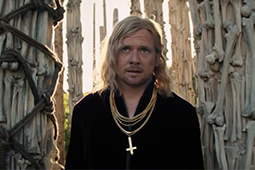
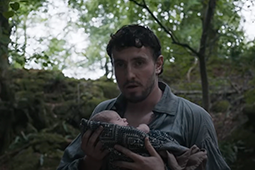
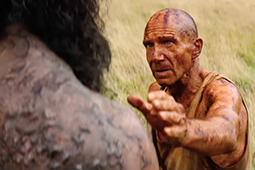

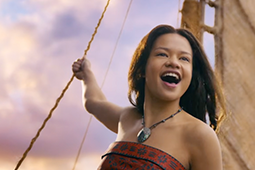
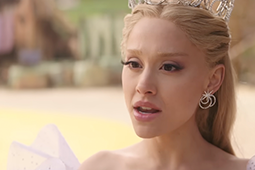
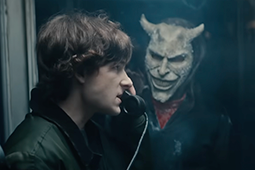
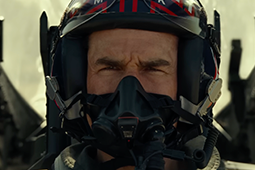

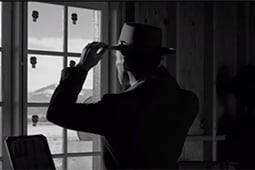
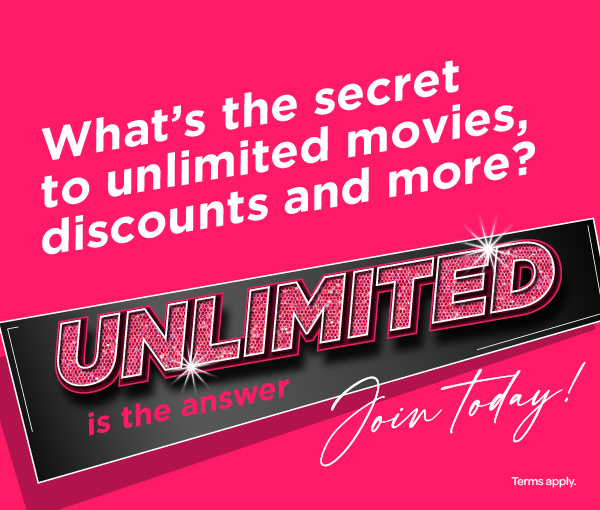
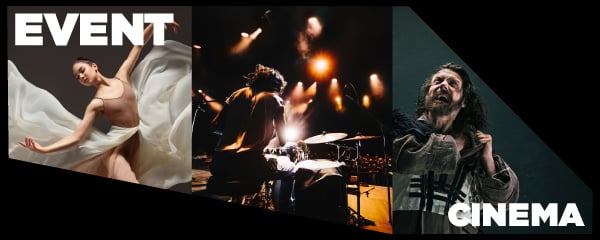
.jpg)
.png)

